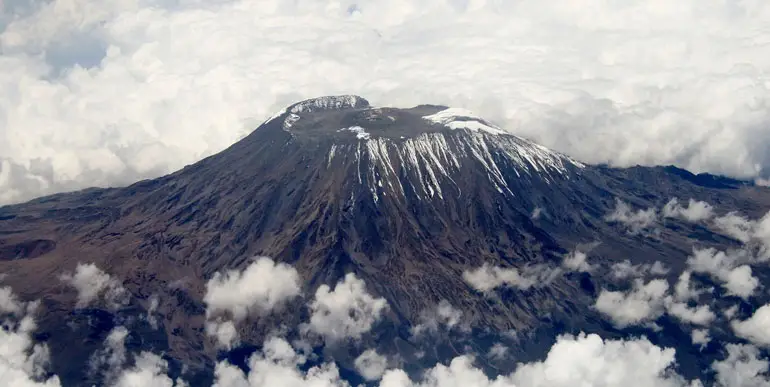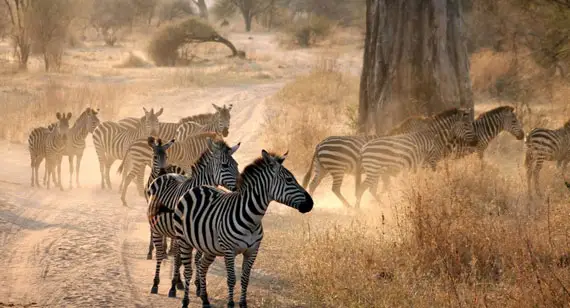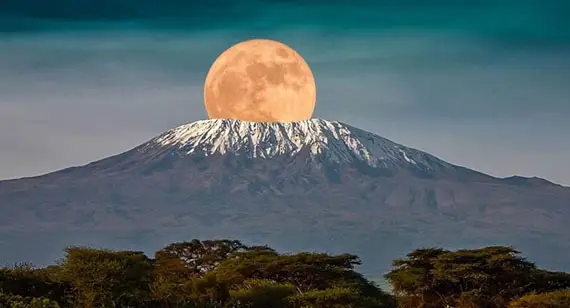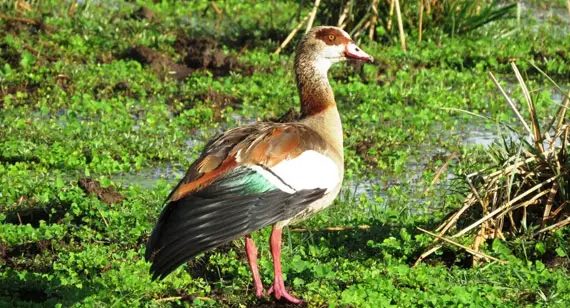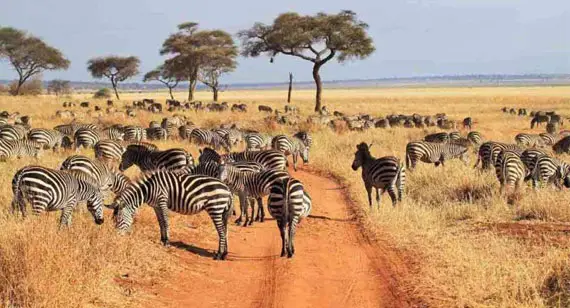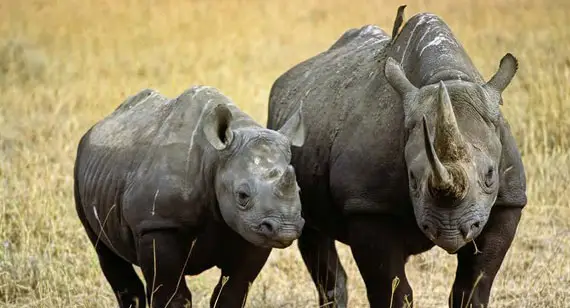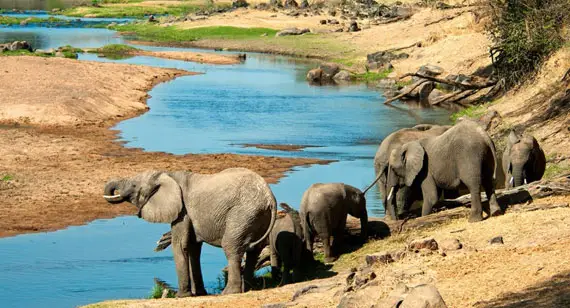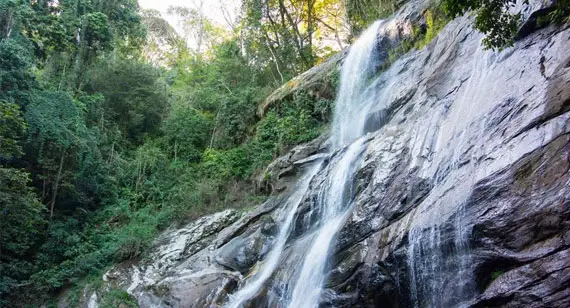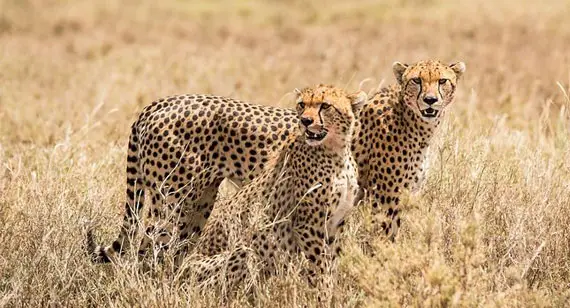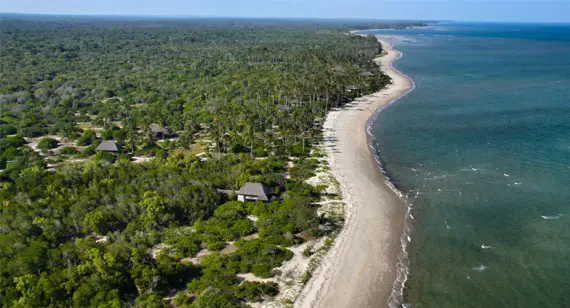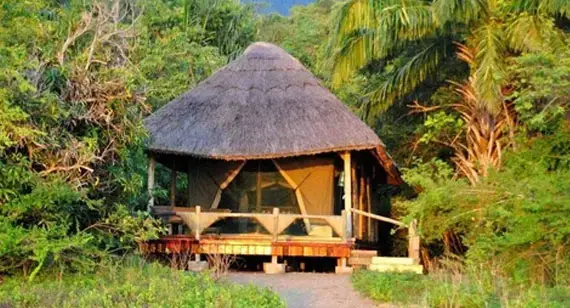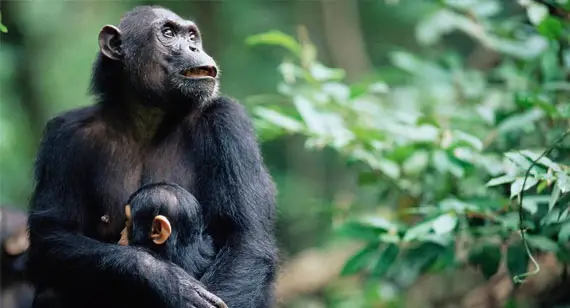Best Time to Climb Kilimanjaro
Tanzania
Overview
Tanzania has a pleasant, tropical climate with regional variations and wet and dry seasons. Kilimanjaro has its own microclimate due to its vast size and free-standing nature. Some say that climbing Kilimanjaro is like travelling from the equator to the North Pole, because the mountain has five distinct climate zones and you’ll pass through each of them on your way to the summit! You should therefore come ready to deal with varying conditions regardless of what time of year you decide to climb. Our comprehensive equipment list and guidance will help you prepare.
During the climbing season you can expect fairly consistent weather on Kilimanjaro. Plan around the following conditions:
In the foothills and rainforest, weather will be tropical and humid with temperatures reaching up to 35°C / 95°The summit is in the arctic zone.
Most climbers ascend at night when temperatures are often below -5°C / 23°F and can be as low as -15°C / 5°F, plus windchill.Generally early mornings will warm-up as soon as the sun rises and days are often warm and bright. The air is very clear and you will need strong UV protection.
There is often more cloud cover around the rainforest. Expect convection to send warm air from the hot plains below, across the forest, to precipitate at higher altitudes as rain, sleet, and snow. This happens on some, but not all, afternoons.
As soon as the sun sets, the temperature drops dramatically and is often well below 0° Nights are usually clear and frosty.We would advise against climbing from April to mid-May and mid-November to early December, as these are the wet seasons and therefore uncomfortable for trekking.In recent years the best climbing seasons have become harder to predict as weather patterns are shifting due to global warming. Please ensure you are fully prepared no matter when you choose to climb.
As you make your decision about when to climb, you may want to keep in mind any plans to travel further afield, on safari or to the coast:
The hottest and most humid part of the country is the coast. During the wet season, afternoon tropical downpours are the norm.
Other low-lying areas, such as the western and southern parks, are hot but less humid.
The rest of the interior is milder and cools down significantly at night. This includes the northern parks. Daytime temperatures year-round are warm and temperate.
No matter when you travel, you’ll see loads of animals!
During dry season animals often congregate around scarce water sources. Destinations can be more crowded, as it’s a popular time to travel.
During wet season the vegetation is lush, the parks are peaceful and many animals are giving birth.
The Great Migration seasons are as follows:
Calving Season - December to March - Eastern & Southern Serengeti
Mating Season - April to June - Central & Western Serengeti, heading north
River Crossings - July to November - Northern Serengeti & Maasai Mara
Kilimanjaro Climate Zones
Elevation: 800 - 1,800m / 2,600 - 5,900ft
Description: The villages, farms, banana and coffee plantations that you will pass through on your drive to the National Park gates and where many of your mountain crew were born and live. Warm and humid with heavy rainfall during the wet season.
Daytime Temperature: Up to 35°C / 95°F
Elevation: 1,800 - 3,000m / 5,900 – 9,800ft
Description: This lush, often misty and humid forest is where you are most likely to see wildlife, including Colobus and Blue Monkeys, birds and butterflies living amongst the moss-covered tress and a wide variety of brightly coloured flowers and ferns. Warm and humid year-round with frequent rainfall.
Daytime Temperature: 20 - 30°C / 70 – 90°F
Elevation: 3,000 – 4,000m / 9,800 – 13,100ft
Description: Drier than the forest, this zone begins with heather and ends with moorland. Heather, bearded lichen and small shrubs cover the landscape, the weather is significantly less humid and temperatures can get to sub-zero at night. The moorland is home to vegetation unique to the mountain, such as alien-like giant groundsels and Protea Kilimanjaro.
Daytime Temperature: 10 - 20°C / 50 – 70°F
Elevation: 1,800 - 3,000m / 5,900 – 9,800ft
Description: This lush, often misty and humid forest is where you are most likely to see wildlife, including Colobus and Blue Monkeys, birds and butterflies living amongst the moss-covered tress and a wide variety of brightly coloured flowers and ferns. Warm and humid year-round with frequent rainfall.
Daytime Temperature: 20 - 30°C / 70 – 90°F
